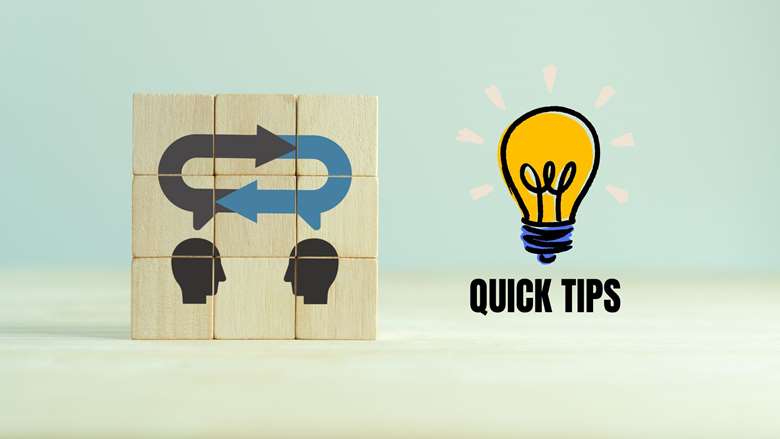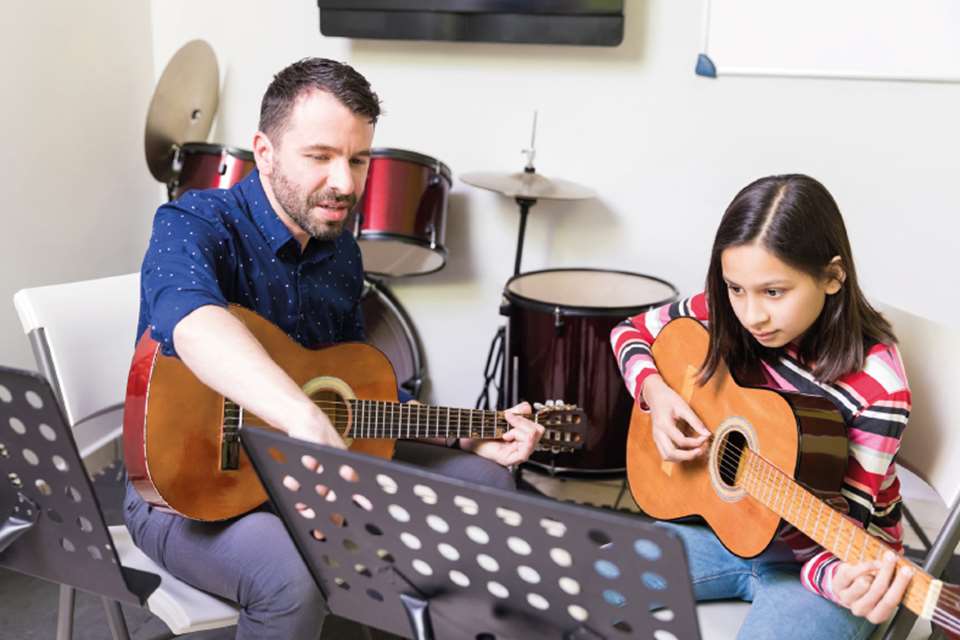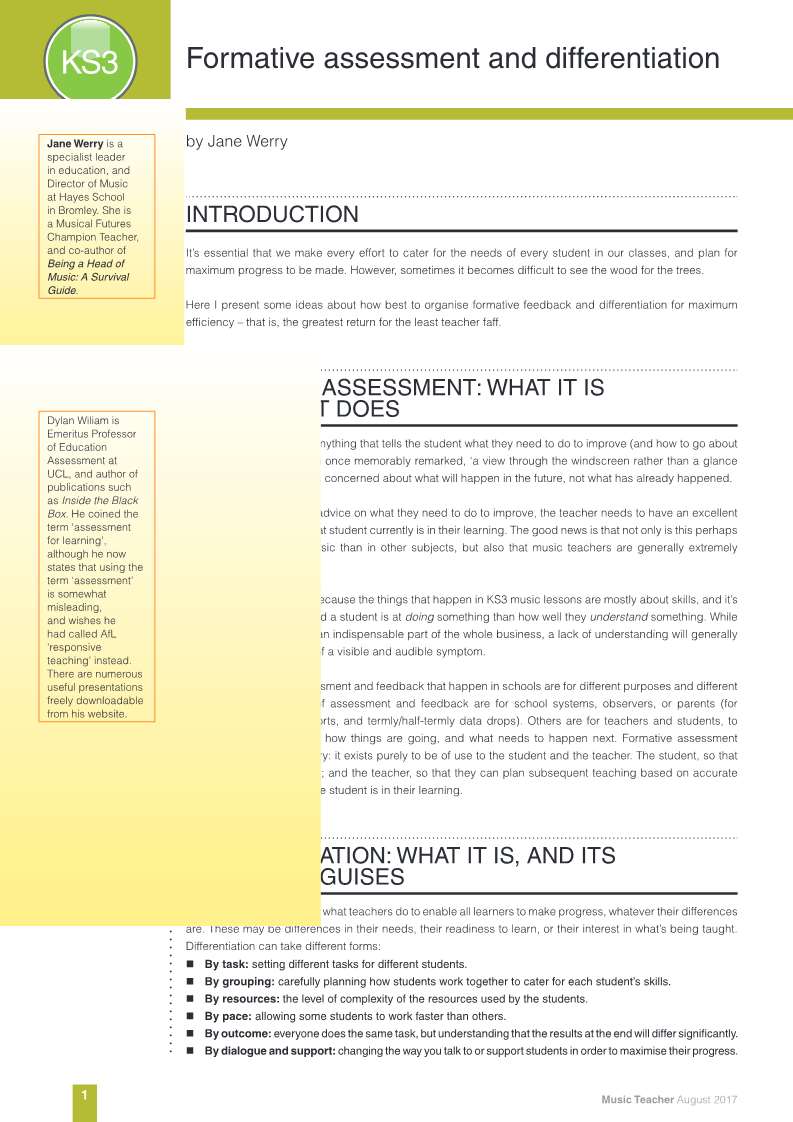Quick tips for feedback and assessment at KS3+
Jane Werry
Monday, April 1, 2024
Jane Werry, director of music at Hayes School in Bromley, shares advice on effective methods and striking the right balance.

Feedback
Be verbal and in-the-moment. For most lessons, verbal feedback has the most impact. You might need to point out to observers from outside of music that almost every conversation you have with students has an immediate impact on their progress.
Consider if more teaching is needed. Christopher Stevens, Ofsted's lead for music, is very clear: if a student does not know enough about a topic, they need more instruction, not feedback.
Feedback should mean work for the student, not teacher. If you are spending too much time on this, something needs fixing.
Put comments where the work is. If students are using a notation program or DAW, use the notes function or virtual sticky notes and put these into their files.
Record verbal feedback using vocaroo.com. This simple website can be used on any device with a microphone, allowing you to record your thoughts and immediately giving you a link that you can share with students. It can also be used to get students to record things for homework and send to you.
Use codes. Collect common feedback points, put them on a slide in a numbered list, and write the appropriate codes on each student's work.
Use whole-class feedback. This is a variant on the previous point, which works really well for group work. Create a slide with a numbered list of feedback points, indicating which apply to each smaller group. This will also help you plan for anything that needs teaching input.
Guide metacognition. Provide a list of feedback points and ask the students to say which ones apply to them.
Success criteria
Combine this with self-directed differentiation. Provide different ways of completing each task. Get students to decide on the level of challenge that suits them best.
For longer projects, put success criteria into a ‘ladder’ (see an example here). This method guides students in a combination of instructions and success criteria, enabling them – and you – to see how they are doing.
Use rubrics. The rubrics in iDoceo, Microsoft Teams and Google Classroom can enable you communicate success criteria to students and keep track of their progress, all in one place.
Assessment
Acknowledge that this is ‘the tail that wags the dog’. Whatever you assess becomes important, so decide in advance what is important enough to assess.
Design your assessment strategically. Knowing how well your curriculum is being learned should be the main focus of any assessment design. It may help to break up large learning areas into smaller assessable chunks, so that you can adapt teaching to respond to how students are progressing.
Keep summative assessment to a minimum. If assessment is eating too much into the precious time you have for music-making, something needs to change.
Use recordings if helpful with formative assessment. The only point to recording students' work is if this will be used for reflection and future learning.
Use only GCSE grades for GCSE work. By the same token, it is impossible to apply GCSE assessments and grades to anything other than GCSE work.
Use multiple-choice questions. A well-constructed set of plausible distractors (possible wrong answers) can quickly identify misconceptions that need to be addressed through teaching.
Construct some assessments where nearly everyone achieves. You can boost self-efficacy if you design tasks or quizzes where nearly all students will be able to score very highly. It can be valuable to sacrifice perpetually high levels of challenge occasionally in order to boost students' confidence.



